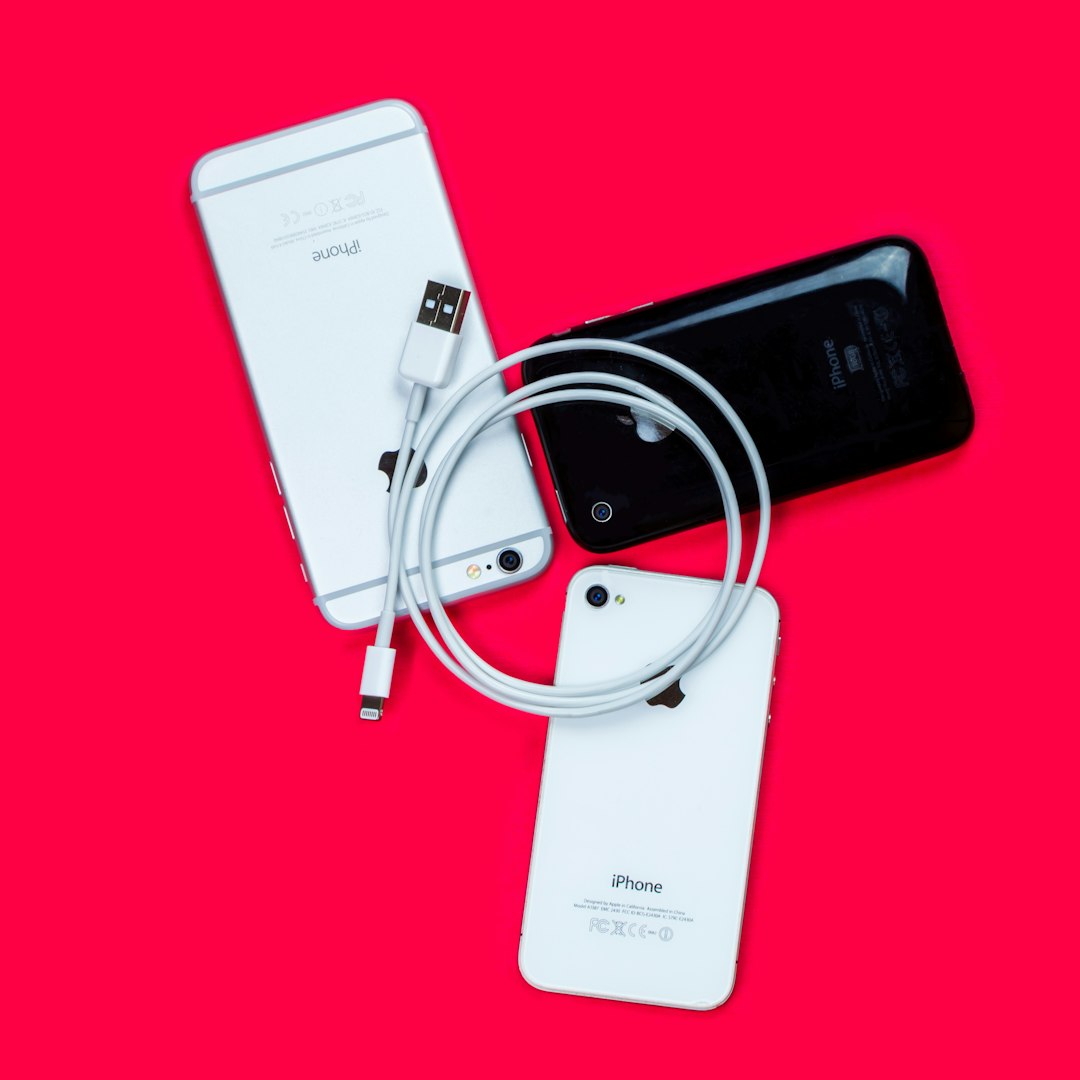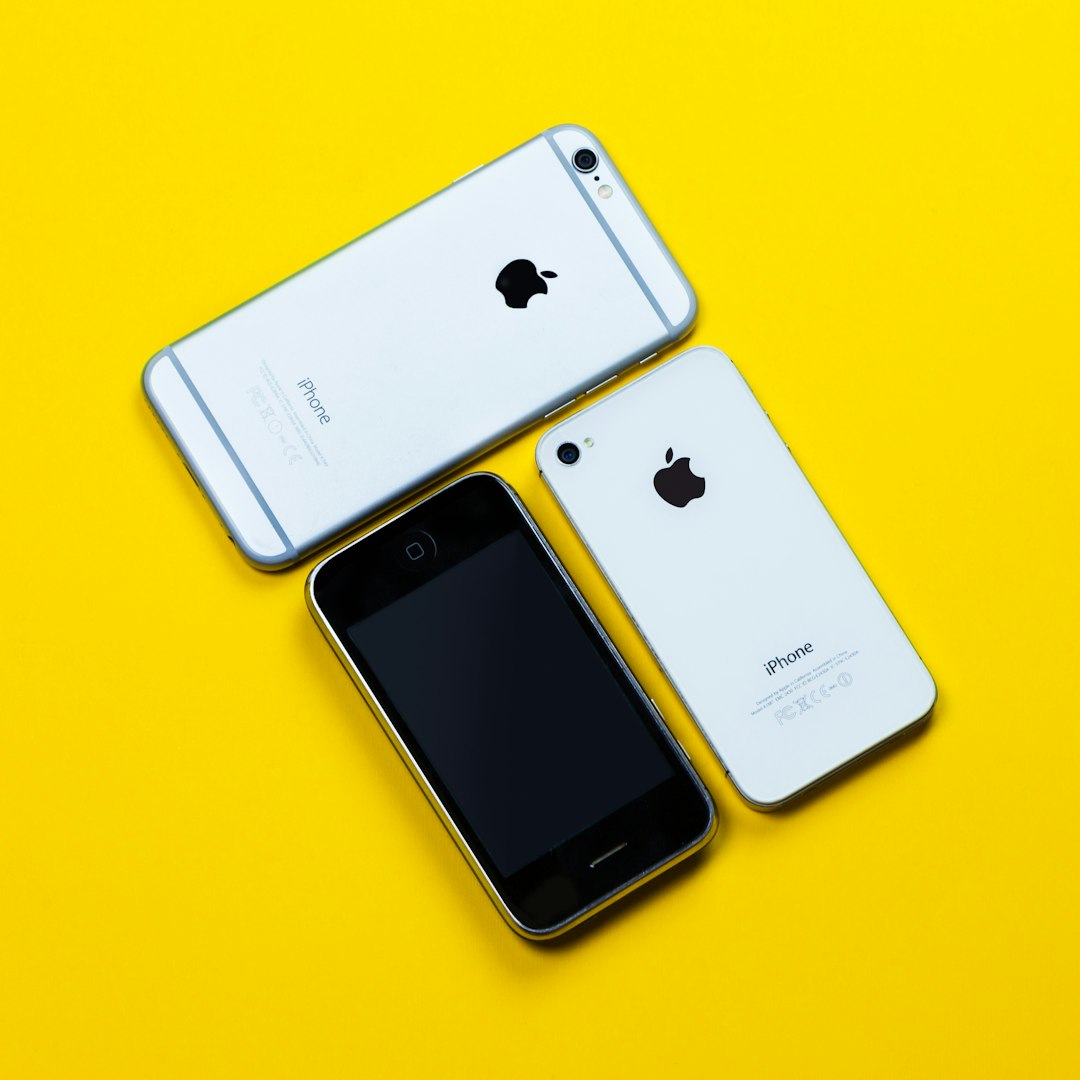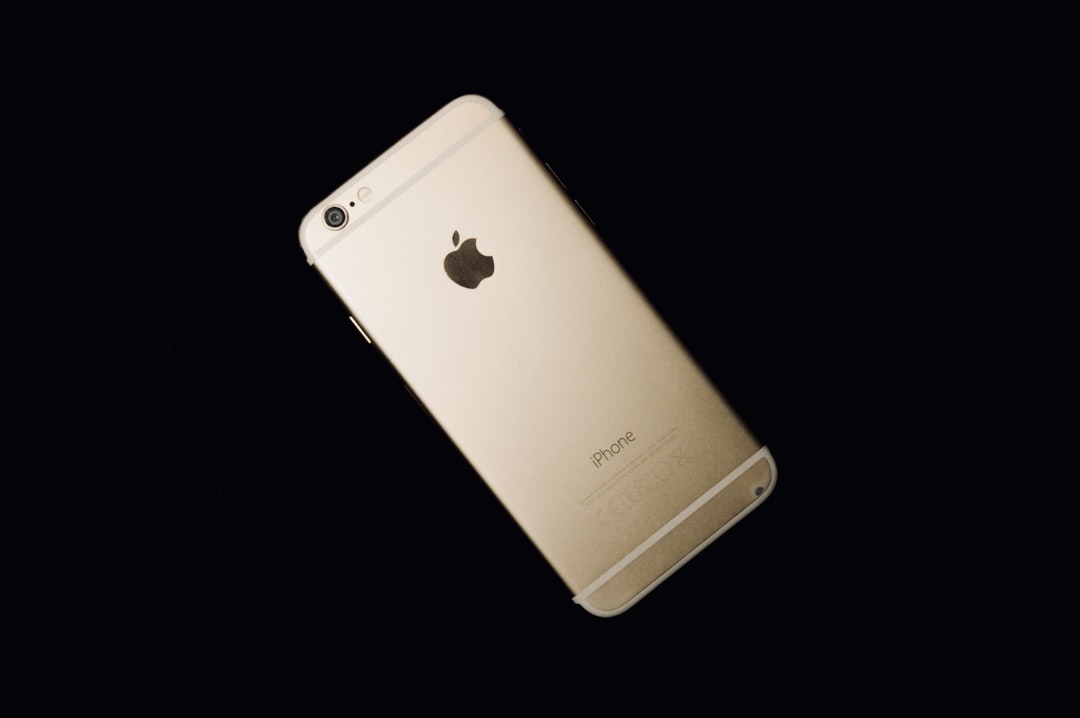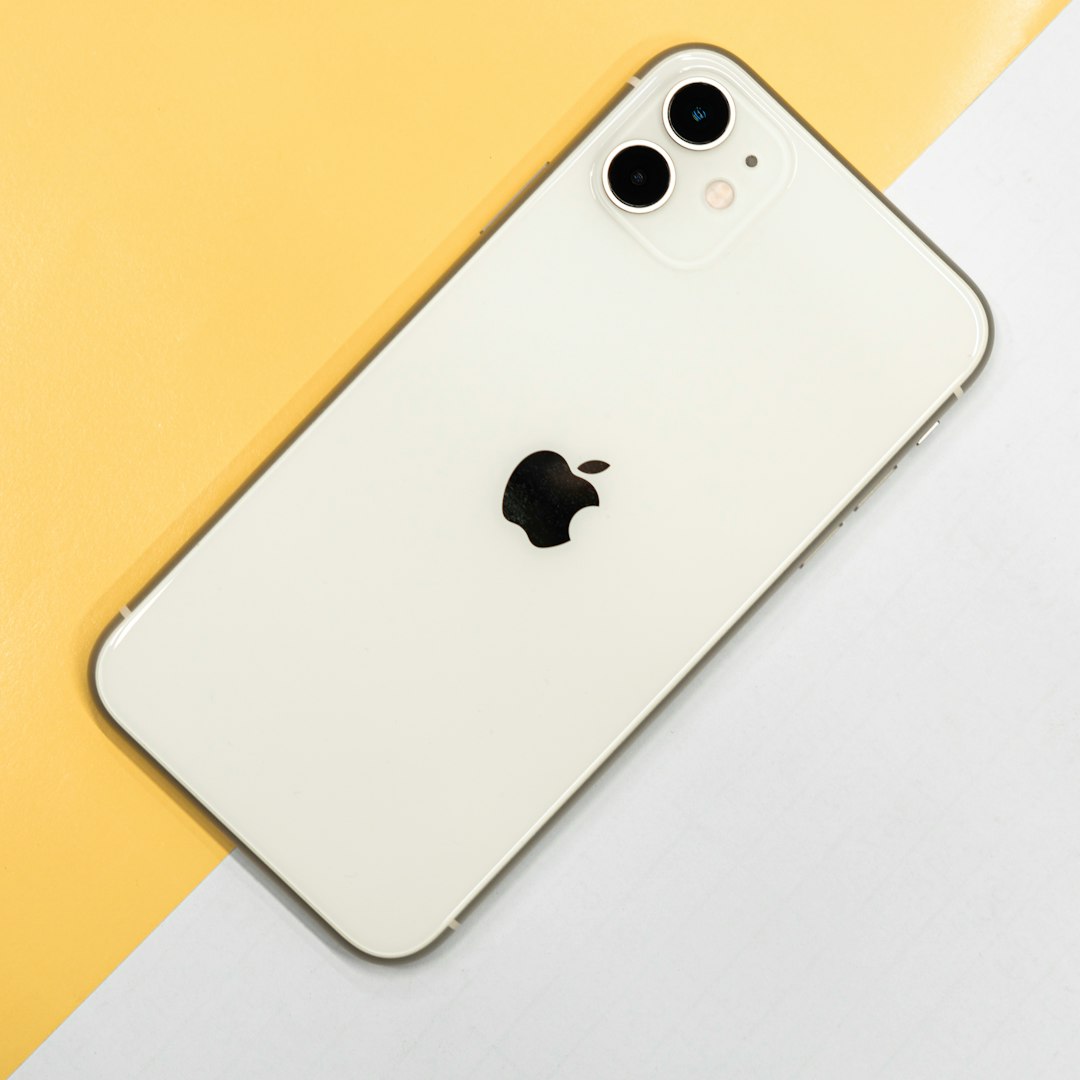Since its launch in 2007, the iPhone has revolutionized the way we live, work, and interact with the world around us. Combining sleek design, cutting-edge technology, and a user-friendly interface, the iPhone quickly became a game-changer in the mobile phone industry. In this blog post, we will take a trip down memory lane and explore the incredible evolution of Apple’s iconic device.
The original iPhone, released in 2007, introduced revolutionary features such as a multi-touch display, mobile Safari browser, and access to the App Store. It was a game-changer, setting the stage for a new era of smartphones. However, it was the iPhone 3G, released the following year, that truly took the world by storm. With faster internet speeds, GPS capabilities, and the addition of the App Store, the iPhone 3G marked a significant leap forward in functionality and usability.
In 2010, Apple introduced the iPhone 4, a device that showcased the company’s commitment to design excellence. With its glass back, stainless steel frame, and Retina display, the iPhone 4 set a new standard for smartphone aesthetics. It also introduced FaceTime, allowing users to make video calls with ease. The iPhone 4 marked a turning point in Apple’s history, solidifying its reputation as a leader in innovation and design.
The iPhone 5, released in 2012, featured a larger, 4-inch display and a slimmer profile, providing users with a more immersive viewing experience. It also introduced Lightning, a new dock connector that replaced the traditional 30-pin port. The iPhone 5 was praised for its powerful performance and improved camera capabilities, enabling users to capture stunning photos and videos on the go.
In 2014, Apple unveiled the iPhone 6 and iPhone 6 Plus, marking the company’s entry into the realm of larger smartphones. With their 4.7-inch and 5.5-inch displays, respectively, these devices catered to the growing demand for bigger screens. The iPhone 6 and iPhone 6 Plus also introduced Apple Pay, a mobile payment system that revolutionized the way we make transactions.
The iPhone X, released in 2017, celebrated the device’s 10th anniversary with a bold redesign. It featured an edge-to-edge display, Face ID facial recognition technology, and the removal of the iconic Home button. The iPhone X pushed the boundaries of what a smartphone could do, showcasing Apple’s commitment to innovation and pushing the industry forward.
Most recently, Apple introduced the iPhone 11, a device that focused on improving the camera and performance capabilities of the iPhone. With its powerful A13 Bionic chip, Night mode photography, and stunning Liquid Retina display, the iPhone 11 continues to set the standard for smartphone excellence. It also introduced features such as Slofies, allowing users to capture slow-motion videos with the front-facing camera.
The iPhone has come a long way since its inception, transforming from a revolutionary device to an essential part of our modern lifestyle. Today, it’s not just a phone; it’s a camera, a personal assistant, a navigation system, and an entertainment device all rolled into one. With each new generation, the iPhone continues to push the boundaries of what a smartphone can do, enabling us to stay connected, capture memories, and navigate the world with ease.








